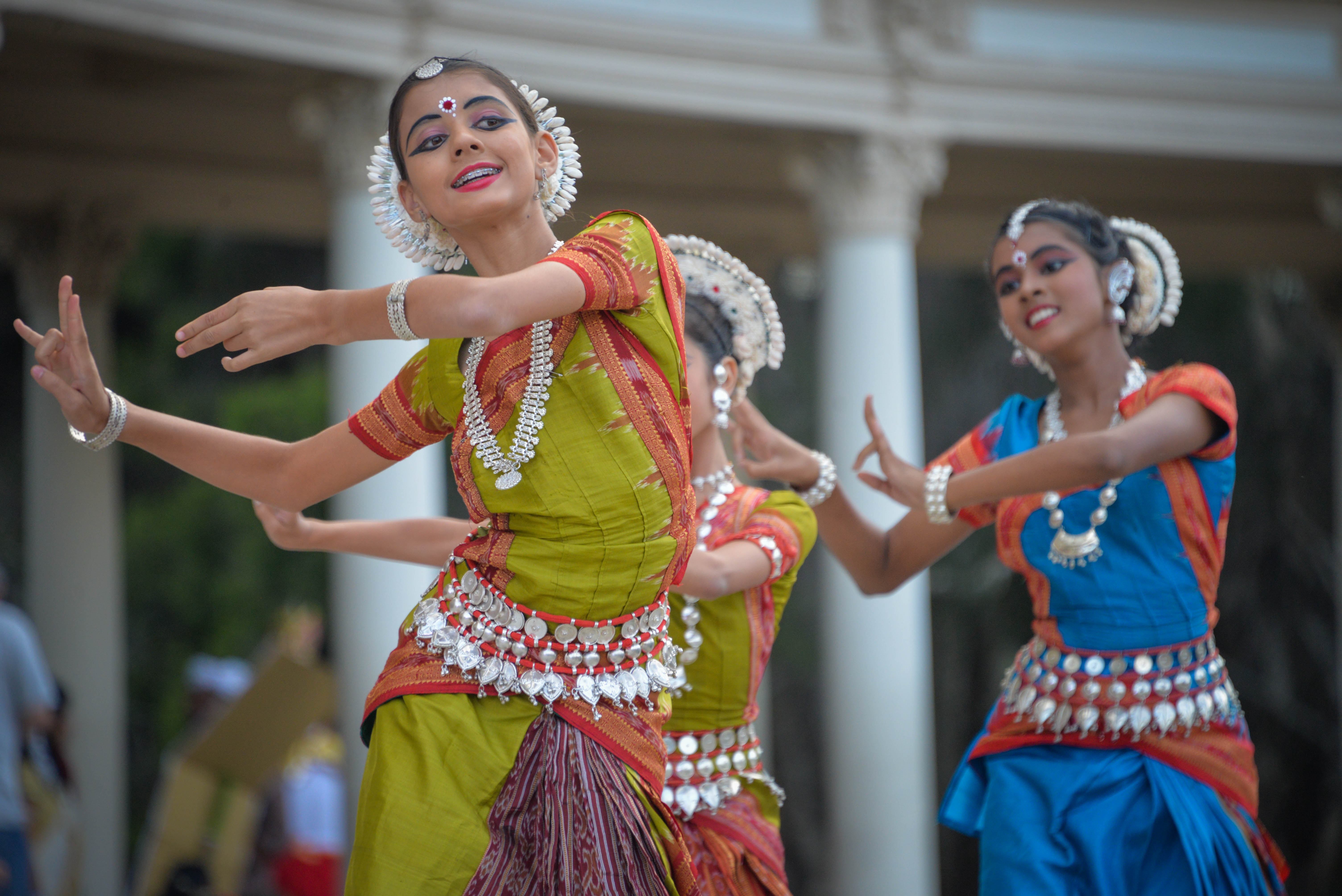Jewelry doesn’t exist in a vacuum. Rather, it’s a set of traditions, skills, and visions that are passed down from master to pupil. Every nation in the history of the world has created some form of jewelry, and while technologies may be common between people, style and methods of design rarely are. A jewelry aficionado has a lot of options when it comes to exploring the beauty of various nations’ jewelry traditions.
To that end, we’re going to be exploring a few different nations’ traditions, and how they’ve developed in a unique, beautiful way.
Iran
Iran (also known by its earlier exonym: Persia), may not be synonymous with luxury jewelry to contemporary Westerners, but you may be surprised. Iran has been the center of goldsmithing and gemstone craftsmanship since the earliest days of recorded history. Many of our favorite gemstones, including lapis lazuli and turquoise, were first worked by artisans in the various city-states and provinces of Iran.
Iran’s nature as the crossroads of culture and civilizations has made it the garden of thousands of different jewelry styles–and many contemporary looks are descended from the opulence of the Qajars, Safavids, and Afsarids. Given this background, when Afsarid leader Nader Shah selected the Le Vian family to guard his jewels, it wasn’t any surprise.
Today, Le Vian continues to indulge in the flourishing beauty promised by Iranian jewels. Le Vian is known specifically for their wild embrace of colored stones, and they go out of their way to pick rare and quirky gemstones. For example, Le Vian comes out with yearly trend broadsheets packed with rainbows of color and opulence.
Belgium
The history of Belgian jewelry is a history of diamonds. In the 1500s, Jewish diamantaires, exiled from Spain and Portugal, settled in Antwerp, centralizing Europe’s diamond market in one city. In the 18th century, the center of the diamond trade shifted to Amsterdam in the Netherlands, leaving Belgian diamantaires with inferior rough diamonds.
However, that ended up being a secret blessing, since this forced the Belgians to invent new methods of cutting diamonds. One of the most impressive products of this revolution in diamond cutting was Henri Daussi Loots, who founded an eponymous business on the back of his custom-designed scaif (diamond-cutting wheel).
Today, Belgian jewelry design still tends toward diamonds. If you’re partial to unique facets and big diamonds cut into bold shapes, try turning your eye to Belgium.
Romania
Romania has a culture descended from three unique cultural perspectives: The ancient Dacian tribe, Roman colonists, and later Slavic settlers. The blend of these societies created a unique Romanian identity that was tested by the privations and scarcity of the Communist period. But while Romania lost out on the best of a generation of artists who immigrated away from the country, the United States benefited from its resettled jewelry designers.
Tacori jewelry is one of the finest representatives of this trend. Gilda and Haig Tacorian, immigrants from Romania, resettled in California, bringing designs inspired by zgardan (Romanian beadwork jewelry) and embroidered lace veils to their wonderfully American jewelry.
The pleasant thing about Romanian jewelry is its devotion to the small detail. Filigrees, lacework, and hidden treasures all characterize this culture’s trends. If you prefer the look of a dainty piece of jewelry, check out the Romanian look!
We Want to Hear From You!
We may have only focused on three jewelry-making cultures, but there’s so many styles that we could talk about them for months! If you’ve got some cultural jewelry that you’d like to turn the spotlight on, let us at Premiere Jewelry Designs know!
